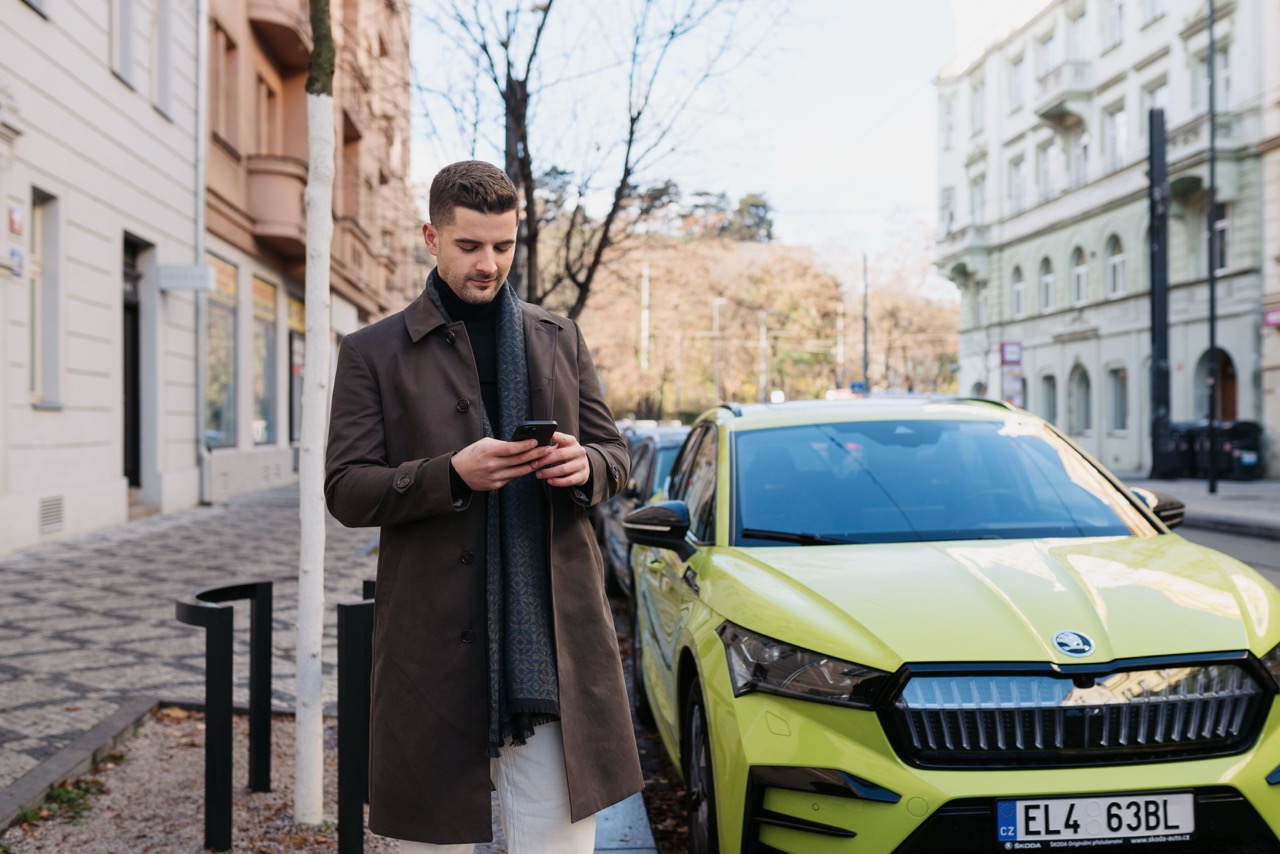The reasons why people don't fasten their dogs while driving are prosaic, e.g. The dog doesn't like it, they only drive a short distance, they want to hold the dog on their lap, they don't have enough space in the car for a crate... All of these are wrong. Free movement of the dog in the car can not only distract the driver, but in the event of an accident or emergency braking, it can cause serious injury or death to the dog itself or the car crew. We will advise you on how to travel safely and calmly with your dog - whether you are traveling by car or "just" using public transport.

Law of physics: Your dog weighs a ton on impact
Did you know that during sudden braking from a speed of 50 km/h, the weight of an object, i.e. even a human (or animal) body, increases sixty times? At 130 km/h, this value multiplies even more - interestingly, even a small two-kilogram dog weighs 73 kg at the moment of an accident at this speed, and a thirty-kilogram doggie weighs an incredible 1104 kg!
Even a small dog weighing 10 kilograms is subjected to an overload of 14 G in an impact at a speed of 50 km/h. (By the way, this is the value comparable to the maximum the elite aerobatic pilot Martin Šonka can withstand). For terrifying consequences, such as being thrown into the dashboard or windshield, you don't even need to crash - all you need is emergency braking during high speed.
The fact described above often results in secondary injuries caused by unsecured objects inside the car. According to rescuers, serious facial injuries caused by a loose set of keys or a mobile phone that weighs five-kilogram during a sudden breaking on a motorway, are not unusual. The fate awaiting an unfastened person or animal in such a case is probably clear.
What to be aware of: Make sure your dog can't stick his head out of the window while driving. A possible impact could break his neck in such a position. Also, never tie your dog in the car with a simple collar - always use a harness!
How to transport a dog in the car
For the transport of larger breeds of dogs, the space in the trunk of the car, ideally separated from the cabin by a fixed grid, is ideal. (The net may not provide sufficient safety in the event of an impact.) Another safer option is an aluminum cage, firmly installed in the trunk of the car. However, it is more difficult to dismantle and is therefore a suitable choice for breeders or hunters who often go to exhibitions and other events with their dogs.
If you already have to transport your dog in the back seat, get him a special harness for dogs in the car. It is a safety chest harness with a short "leash" with a buckle that you can secure to a seat belt connector. A car seat for dogs in the form of a firm bed with high edges or a cage is also suitable for smaller breeds, which you can secure in the same way as a child seat, e.g. via the Isofix system. For more information about transporting not only your pets in the car, read the article from ŠKODA AUTO.
Did you know that for transporting an unsecured dog, during a roadside inspection, the police can issue a block fine of up to CZK 2,000 on the spot and up to CZK 2,500 in administrative proceedings? In the event of an accident and injury to the dog, the owner faces a fine of up to CZK 200,000 for animal cruelty.
Tips for transporting a dog by public transport
In the case of traveling by public transport, another situation can arise: An animal that is stressed from traveling, or is frightened by another dog or a passenger, may react inadequately - in extreme cases, even bite someone. For the safety and peace of mind of all passengers, the following rules for transporting dogs apply in all Pragues public transportation:
- The dog can be transported free of charge in a closed box with an impermeable bottom with dimensions of max. 50 x 60 x 80 cm.
- Without a box, the dog must be transported on a short leash and with a muzzle on, and with the fact that we give the driver a sign in advance that we are traveling with a dog.
- By law, the obligation to wear a muzzle applies to all sizes and breeds of dogs - including a small chihuahua that would never bite anyone.
Did you know that within Prague, a passenger with a valid PID travel document (bands P, 0, and B) can transport a dog for free? This applies to all means of public transportation with exception of trains, where transporting a dog costs CZK 20.
It is advisable to travel with a larger dog on public transport in such a way that you do not restrict other passengers, but also the comfort of your pet. Go to an uncrowded part of the vehicle or to the rear platform where there is more space - the dog can be stressed not only by the movement of the vehicle but also by the number of people standing above it. This could be done more easily if you teach your dog to sit under your legs. Remember the laws of physics and keep the dog firmly on the leash - this will prevent an accident in case, the animal gets frightened, for example, if the tram has to brake unexpectedly.













